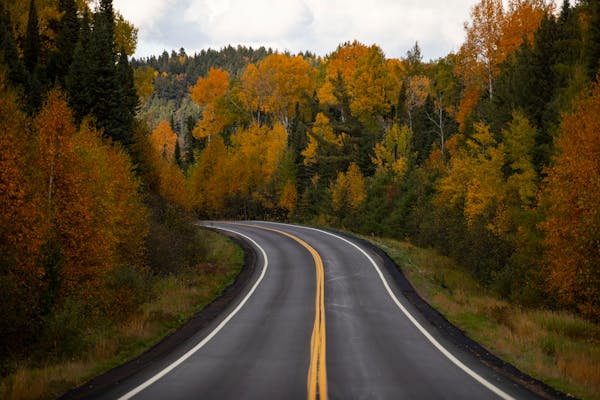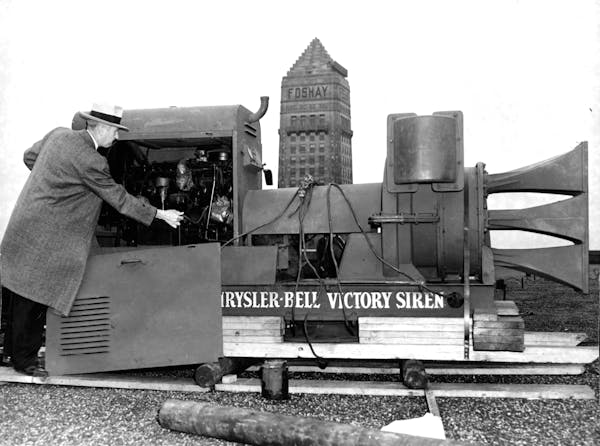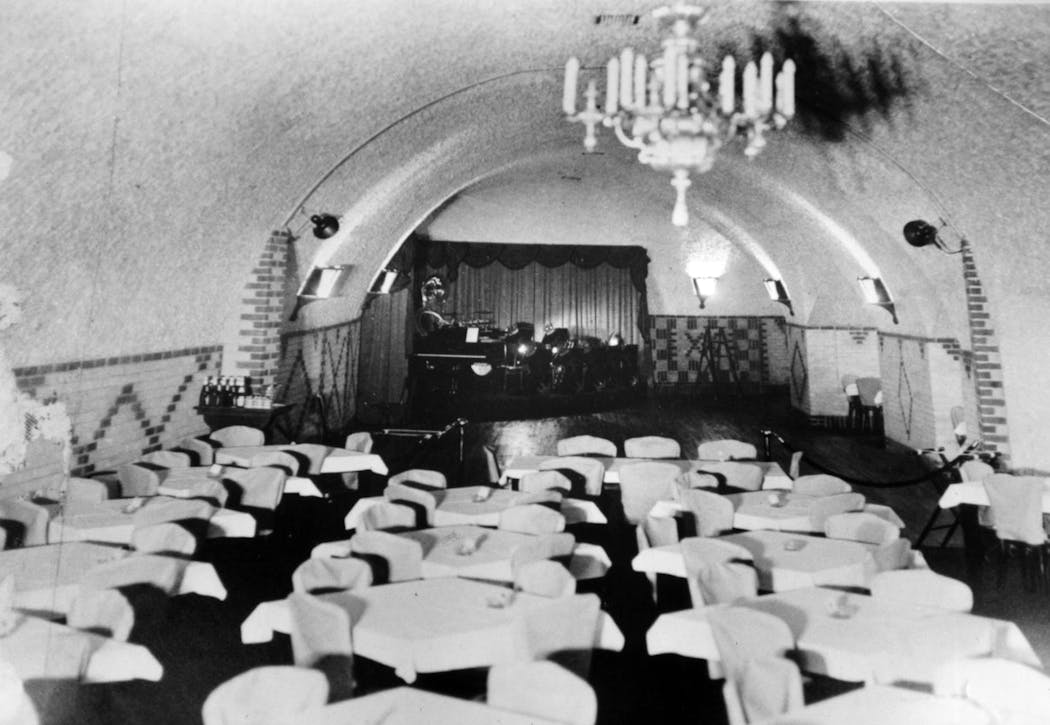Who dug the sandstone caves along St. Paul's riverfront?
Listen and subscribe to our podcast: Via Apple Podcasts | Spotify | Stitcher
As teens growing up in St. Paul, Mike Tucci and his friends would often venture to the Mississippi River and explore the man-made caves that pepper the sandstone bluffs opposite downtown.
Now 60 and living in Duluth, Tucci wondered who originally dug those caves — which have drawn urban explorers for decades, despite the city's best efforts to seal them shut. He posed the question to Curious Minnesota, the Star Tribune's community reporting project fueled by great reader questions.
Tucci and his friends were not alone. People have been venturing into caves beneath St. Paul since before the city existed. They've been home to mushroom farms, breweries and even nightclubs — not to mention generations of adolescent mischief. But there are also many dangers lurking underground, as illustrated by several high-profile deaths over the years.
Sandstone is such a prominent part of St. Paul's geology that the Dakota people originally called the area Imniza Ska, meaning "white cliffs," due to the strip of St. Peter sandstone visible near the Mississippi River, according to the nonprofit Historic St. Paul. The Minnesota part of the Midwest rock formation is especially easy to excavate, which is why the state's capital city has so many underground passages, according to the book "Subterranean Twin Cities."
Among the oldest documented St. Paul caves is Wakan Tipi, a natural structure which historically was a sacred site for the Dakota people near what is now Dayton's Bluff. It was later renamed Carver's Cave, and the entrance is now closed.
In Highland Park, the Ford Motor Company mined silica sand for glass, creating 2.5 miles of passages. Beneath W. 7th Street, breweries used caves to make lagers.
Mushroom Valley caves
Tucci's crew often explored the caves stretching through St. Paul's West Side, accessed along W. Water Street. As evidenced by the pick marks on the walls, those passages were created by miners in the late 1800s, said Greg Brick, a geologist and author of "Subterranean Twin Cities." Companies sold the mined silica sand to foundries or mortar producers — who used the material to make molds — as well as glassmakers.
Around the turn of the 20th Century, newspapers say the caves were occupied by a new cohort: mushroom growers.
Brick looked through early 1900s city directories to trace the French immigrants, and later Germans and Italians, who transformed the former mines into fungi farms. A 1932 Minneapolis Star article called St. Paul "one of the largest mushroom centers in the United States," and the caves became informally known as Mushroom Valley.
Over the years, Brick said, the caves were also used for Roquefort cheese production and as nightclubs in the 1930s, when they could host hundreds of people on a given night. During World War II and the Cold War, the caves were mapped as potential air raid or fallout shelters. By the 1980s, a storage company unsuccessfully tried to take over the space.
The last mushroom farmers were chased out around that time when Lilydale Regional Park was created, Brick said.
"That's when Mushroom Valley started getting more of a Death Valley reputation," said the geologist, noting a string of cave accidents that caused deaths or injuries over the years.
In 2004, for example, three teens died from carbon monoxide poisoning in the caves. The city had closed off its caves with piles of dirt and debris for decades beforehand, but that hasn't stop urban explorers from digging entrances or finding gaps. That's what Tucci and his friends did in the late 1970s.
"As kids, we did everything that your parents don't want you to do," Tucci said. "And one of the scariest, most fun things to do was exploring those caves."
Brick has urged caution and proper training before cave exploring, but he's lamented the total closure of caves. He points to the for-sale Wabasha Street Caves — formerly the Depression-era Castle Royal nightclub — as an example of how caves can be reclaimed and used for education.
If you'd like to submit a Curious Minnesota question, fill out the form below:
Read more Curious Minnesota stories:
Why was I-94 built through St. Paul's Rondo neighborhood?
Why do inland cities like St. Paul have so many seagulls?
St. Paul vs. Minneapolis: Why can't the Twin Cities get along?
Minneapolis plows its alleyways. Why doesn't St. Paul?
Why does I-35E through St. Paul have a 45-mph speed limit?
Is Minnesota's tiny Lake Itasca the true source of the Mississippi River?





